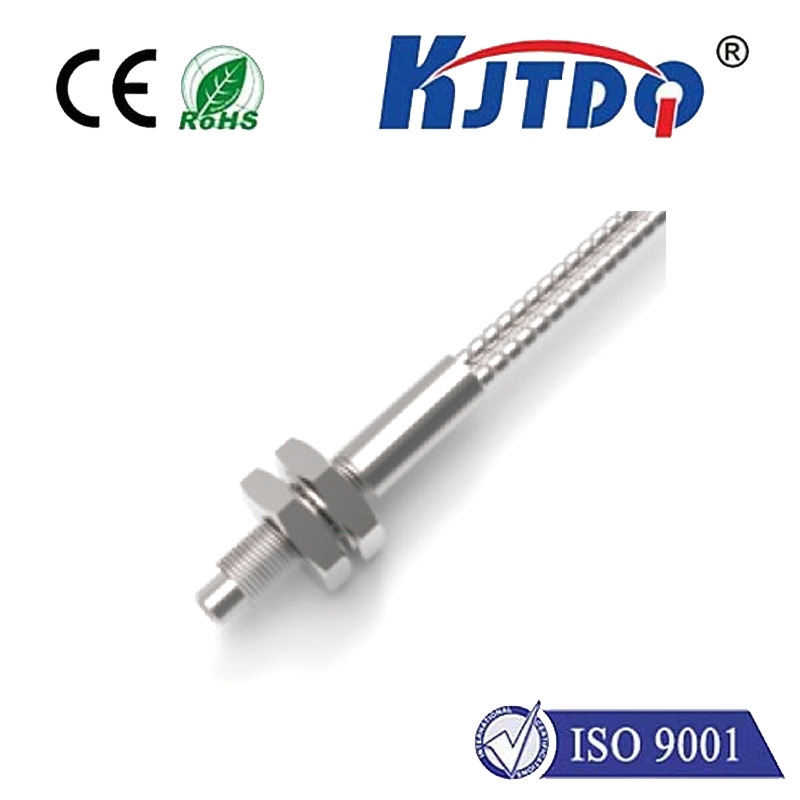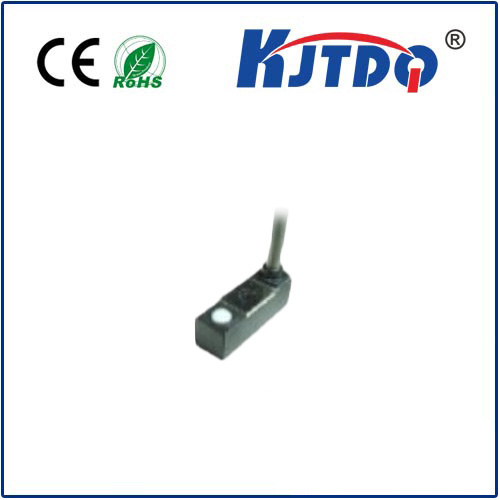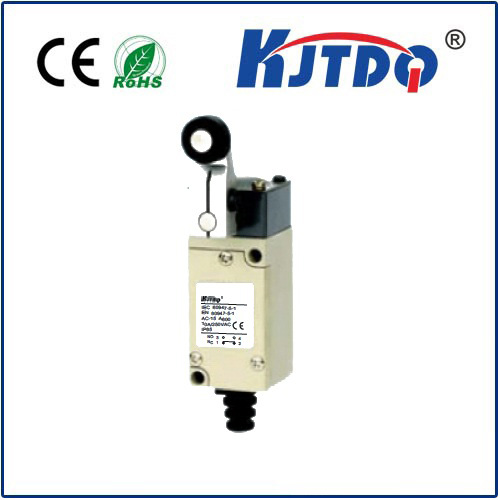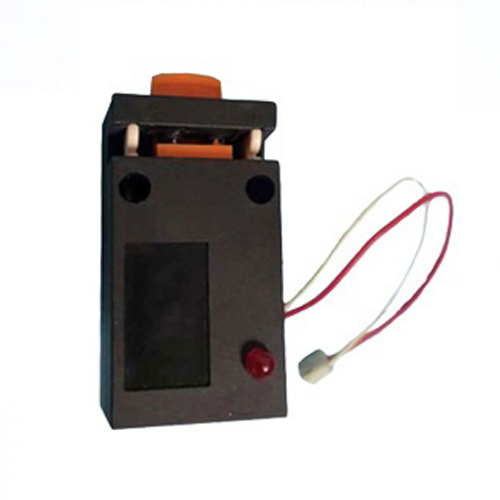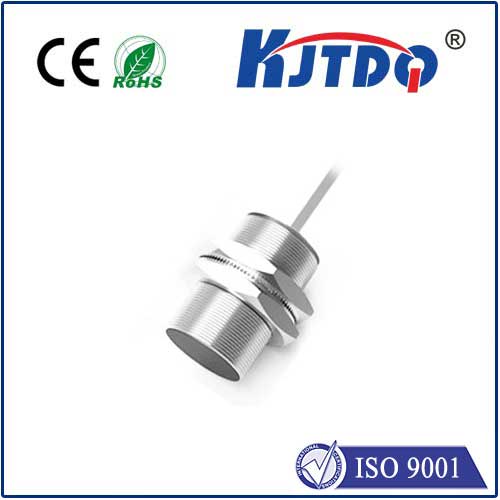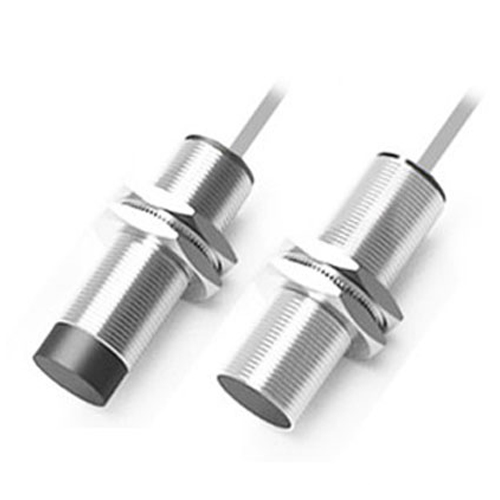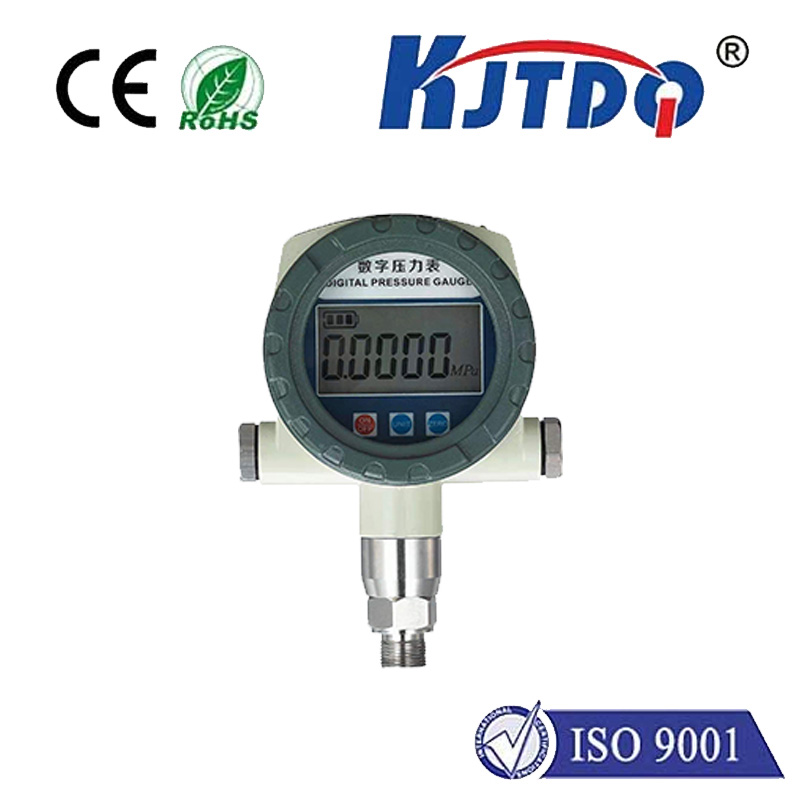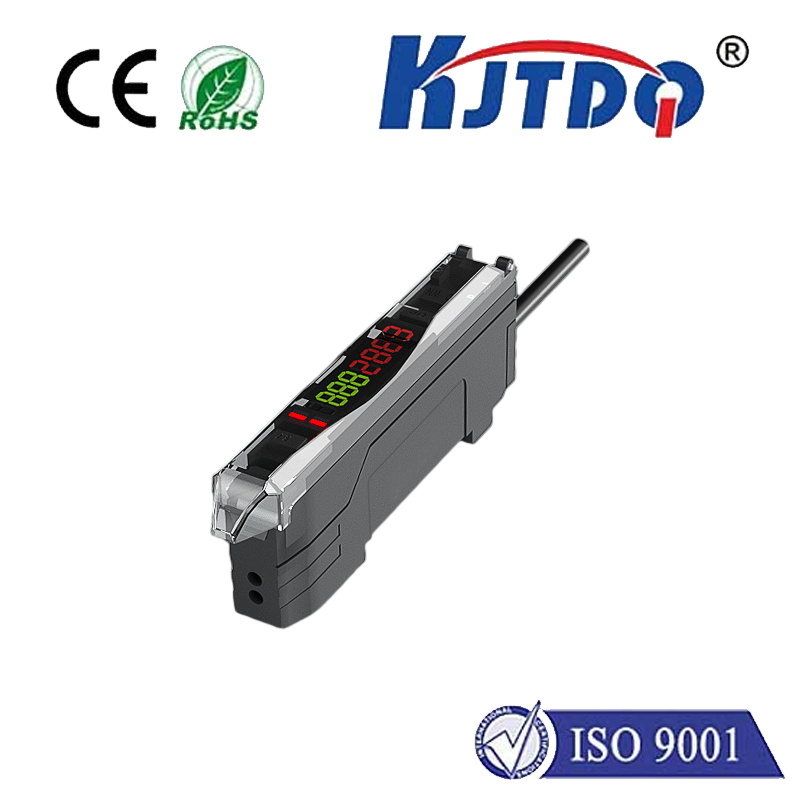fiber optic chemical sensors
- time:2025-08-14 13:43:11
- Нажмите:0
Illuminating Innovation: How Fiber Optic Chemical Sensors Are Revolutionizing Detection
Imagine instantly identifying a toxic gas leak miles away, continuously monitoring glucose levels within a living cell, or detecting minute traces of environmental pollutants in real-time, all using nothing more than pulses of light traveling through a slender glass thread. This isn’t science fiction; it’s the powerful reality enabled by fiber optic chemical sensors (FOCS). These sophisticated devices are rapidly transforming how we measure and understand the chemical composition of our world, offering unprecedented speed, sensitivity, and versatility where traditional methods fall short. Their ability to deliver real-time data from remote or hazardous locations makes them a cornerstone technology for safer industries, advanced healthcare, and a healthier environment.
At their core, FOCS leverage the remarkable properties of optical fibers – ultra-thin strands of glass or plastic designed to guide light over long distances with minimal loss. The magic happens when these fibers are engineered to interact specifically with target chemical species. This interaction alters the properties of the light traveling through the fiber (such as its intensity, wavelength, phase, or polarization). Sophisticated detection systems then analyze these subtle light changes, translating them into precise information about the identity and concentration of the chemical analyte present.
The fundamental principle relies on a transducer – a material or structure coated onto or integrated into the fiber. This transducer is carefully designed to undergo a measurable physical or chemical change upon exposure to the target substance. Common transduction mechanisms include:

- Absorption Spectroscopy: The analyte absorbs specific wavelengths of light guided within the fiber core or evanescent field.
- Fluorescence/Luminescence: The target molecule or a specially designed indicator fluoresces (emits light) when excited by light from the fiber.
- Surface Plasmon Resonance (SPR): Binding of the analyte to a thin metal film on the fiber surface alters the resonance conditions for light waves.
- Refractive Index Changes: The presence of the analyte alters the refractive index near the fiber surface, affecting light propagation characteristics.
- Optrode-Based Sensing: A chemically selective reagent phase immobilized at the fiber tip changes its optical properties (color, fluorescence) upon analyte interaction.
The advantages of fiber optic sensing for chemical detection are compelling and numerous:
- Intrinsic Safety: Because they use light, not electricity, for signal transmission, FOCS are immune to electromagnetic interference (EMI) and crucially, pose no spark risk. This makes them ideal for monitoring in explosive or flammable atmospheres common in petrochemical plants or mining operations, significantly enhancing personnel safety.
- Remote and In-Situ Monitoring: Optical fibers can extend for kilometers. This allows for real-time monitoring of hazardous, inaccessible, or widely distributed environments (like pipelines, deep wells, large industrial sites, or even inside the human body) from a safe, central location. In-situ analysis minimizes sample handling errors and delays.
- High Sensitivity and Selectivity: Careful design of the transducer layer enables the detection of extremely low analyte concentrations (parts per billion or even trillion levels). Advanced spectroscopic techniques and specific molecular recognition elements (like antibodies or aptamers) provide high selectivity for the target chemical amidst complex backgrounds.
- Compact Size and Multiplexing: The small diameter and flexibility of optical fibers allow for the creation of miniaturized probes suitable for intravascular monitoring or embedding within structures. Furthermore, multiple sensing points can be integrated along a single fiber or within a fiber bundle, enabling distributed sensing or multiparameter detection from one instrument.
- Corrosion Resistance and Durability: Glass optical fibers are highly resistant to harsh chemical environments, high temperatures, and pressures where conventional electronic sensors might fail rapidly. This translates to lower maintenance costs and longer operational lifespans.
- Rapid Response Times: Interactions at the molecular level and the speed of light transmission enable real-time or near real-time detection and analysis, crucial for process control and early warning systems.
These unique capabilities drive diverse and impactful applications across critical sectors:
- Environmental Monitoring: Detecting pollutants (heavy metals, pesticides, hydrocarbons, nutrients) in groundwater, surface water, soil, and air. Remote, continuous monitoring of oil spills or landfill leachate plumes is a prime application. Oceanographers deploy FOCS for long-term in-situ measurements of pH, dissolved oxygen, carbon dioxide, and nutrients.
- Industrial Process Control & Safety: Ensuring safe operations in oil refineries, chemical plants, and power generation by continuously monitoring for toxic gases (H2S, CO, NH3), oxygen levels, leaks, and process intermediates. Real-time chemical analysis optimizes production efficiency and safety protocols.
- Biomedicine and Healthcare: Revolutionizing diagnostics and patient monitoring. FOCS enable continuous in-vivo monitoring of blood gases (pO2, pCO2, pH), glucose levels, specific biomarkers, and even drug concentrations during surgery or critical care. Miniaturized probes offer minimally invasive options. DNA hybridization sensors based on fiber optics are advancing genetic diagnostics.
- Food Safety and Quality Control: Detecting pathogens, toxins, spoilage indicators, and ensuring correct composition during food production and storage.
- Security and Defense: Sensing chemical warfare agents, explosives vapors, or toxic industrial chemicals for personnel protection and threat detection in sensitive locations.
Despite their significant advantages, FOCS face ongoing research challenges. Achieving high selectivity in complex matrices sometimes requires complex transducer design. Sensor fouling or drift over time, especially in biological fluids or harsh environments, necessitates robust materials and calibration strategies. The development of stable, highly specific, and reversible recognition elements remains an active area. Integration with cost-effective, portable readout instrumentation is key for broader field deployment beyond laboratory settings.
The future of fiber optic chemical sensors is exceptionally bright. Research is intensely focused on harnessing the power of nanomaterials (nanoparticles, quantum dots, graphene oxide) to enhance sensitivity and create novel transduction mechanisms. Advances in microstructured optical fibers (like photonic crystal fibers) offer unprecedented control over light-analyte interaction, opening new sensing avenues. Integration with microfluidics creates sophisticated lab-on-a-fiber platforms. Combining FOCS with artificial intelligence (AI) and machine learning promises intelligent sensors capable of pattern recognition, drift correction, and multi-analyte identification from complex spectral data streams.
From safeguarding industrial workers to enabling personalized medicine and protecting ecosystems, fiber optic chemical sensors are proving indispensable. By transforming light into actionable chemical intelligence, they illuminate previously invisible aspects of our chemical environment. Their unique blend of sensitivity, safety, remote capability, and adaptability ensures their role as pivotal tools will only expand, driving safer, healthier, and more efficient processes across countless fields as the technology continues its rapid evolution. The ability to perform real-time chemical analysis remotely is fundamentally changing our approach to critical monitoring challenges.

